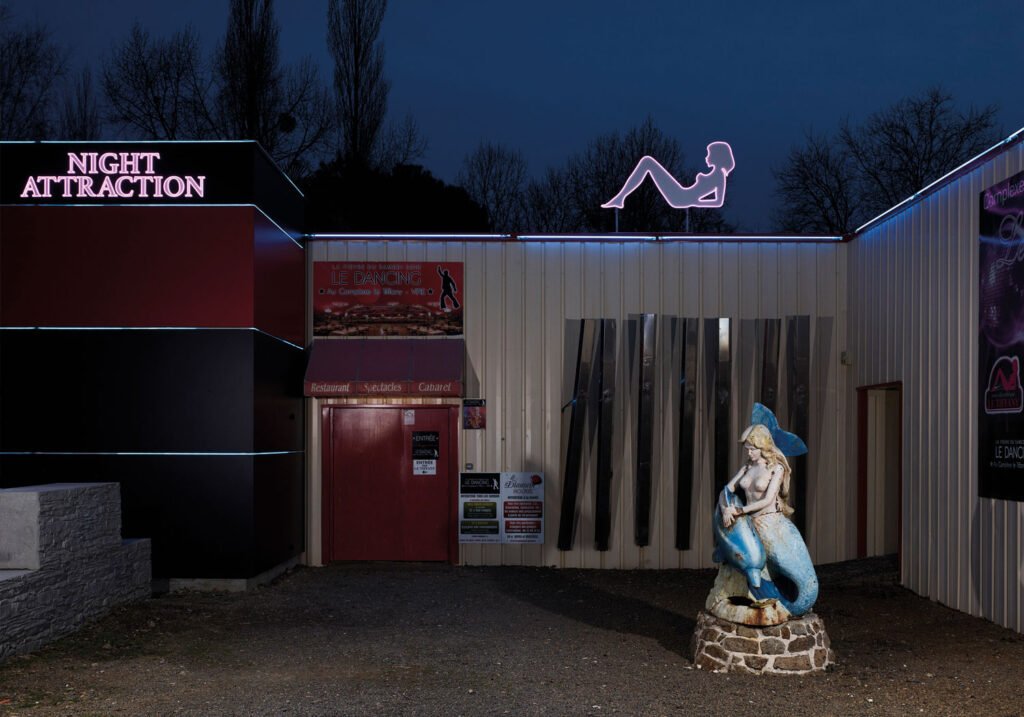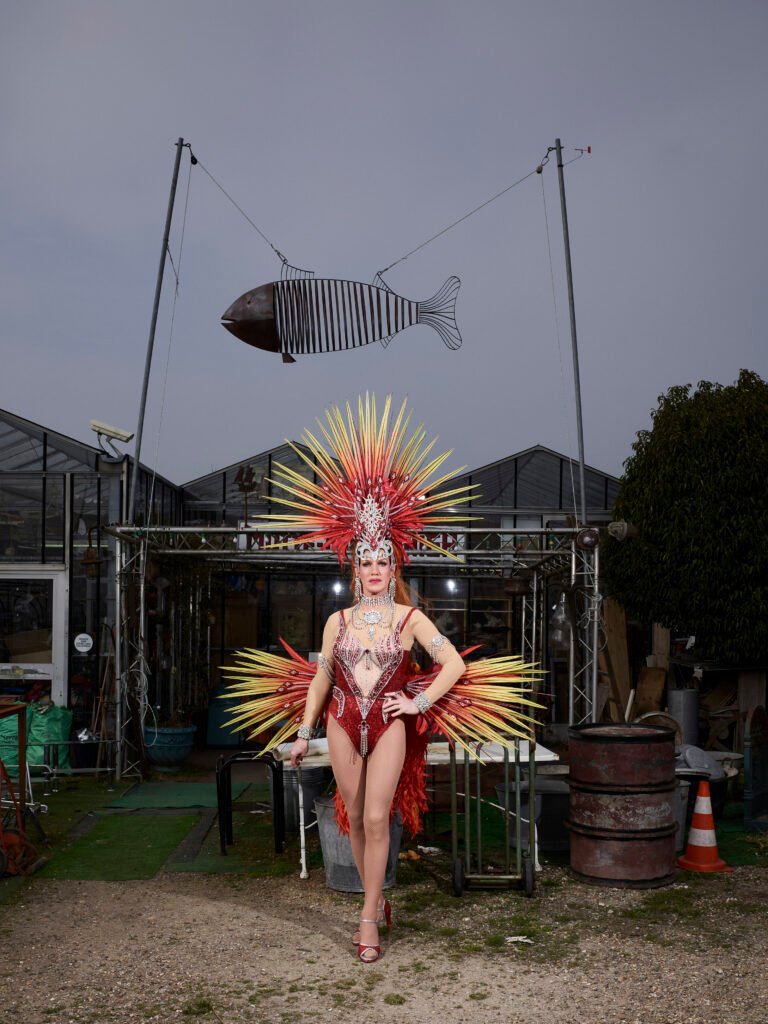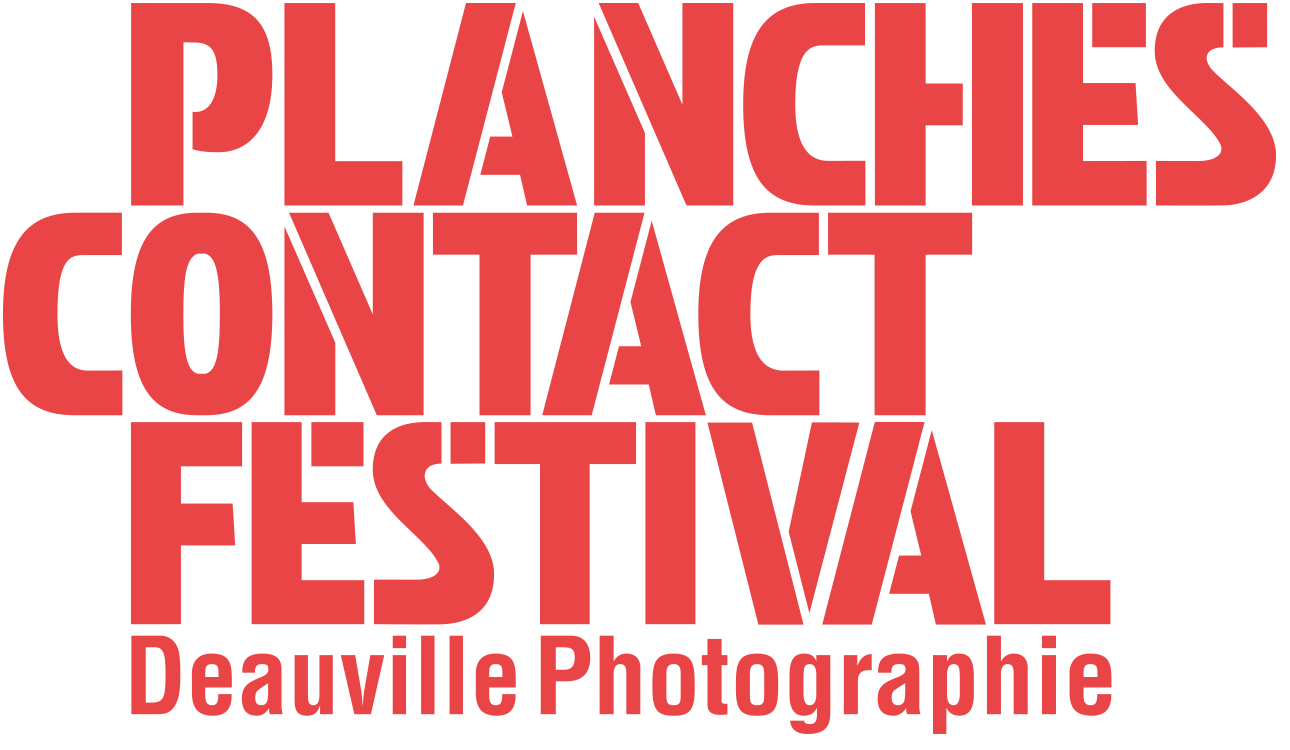Le Chant des sirènes
From the famous Cancan — soon to be listed in the national inventory of intangible cultural heritage — to cabarets campaigning for LGBTQIA+ rights, via the contemporary drag scene, cabaret has remained, since the 19th century, a space of freedom, subversion and creativity deeply rooted in French culture. A place of spectacle, transgression and conviviality, it continues to embody a theatre of possibility.
C’est cet univers que Frédéric Stucin a exploré en Normandie. Plutôt que de capter l’intensité du spectacle sur scène, il préfère révéler ce qui précède ou suit la performance. Les artistes posent hors cadre, dans les coulisses ou les interstices du quotidien, éclairés au flash, dans une atmosphère flottante, presque irréelle.
En parallèle de son travail de résidence, l’artiste présente la série La Source le long du Quai de l’impératrice Eugénie.


A French photographer born in Nice in 1977 to Slovenian parents, Frédéric Stucin lives and works in Paris. Initially a refuge, photography became an alternative language for him, capable of expressing what words cannot say. His work, which oscillates between reality and fiction, combines portraits of famous and anonymous people – notably for the press – with constructed scenes and cinematic lighting. Represented by the Clémentine de la Féronnière gallery, his photographs have been exhibited at the Nicéphore Niépce Museum (Chalon-sur-Saône) and the Villa Pérochon (Niort), among others.

